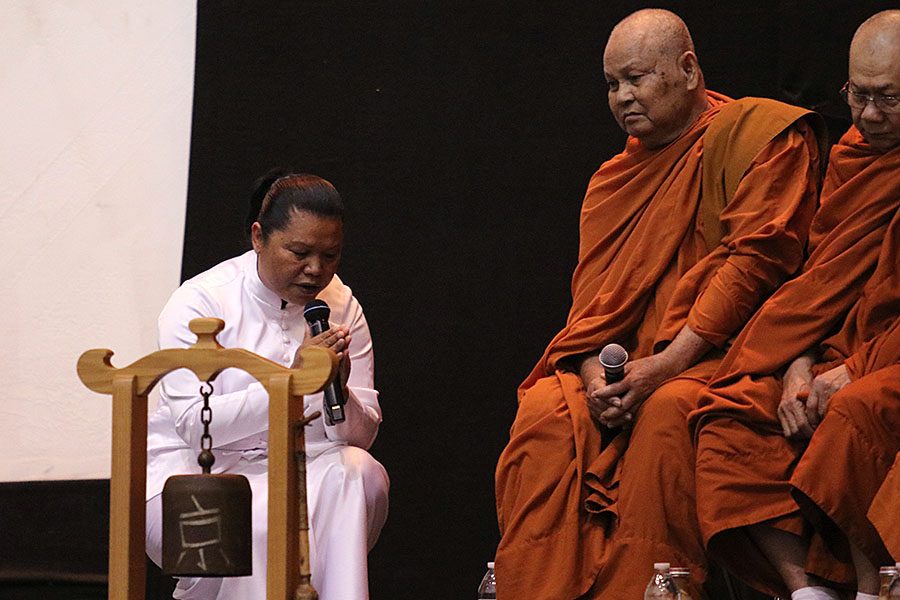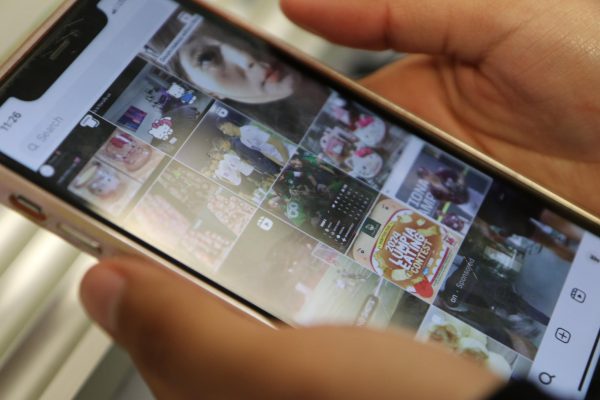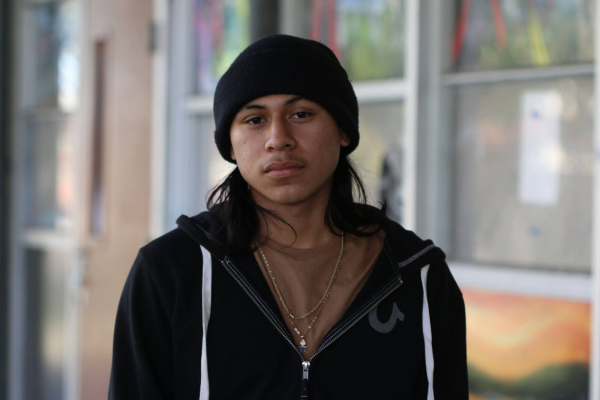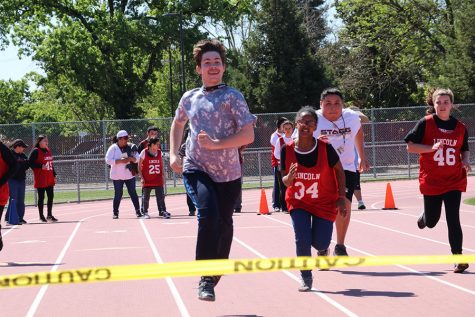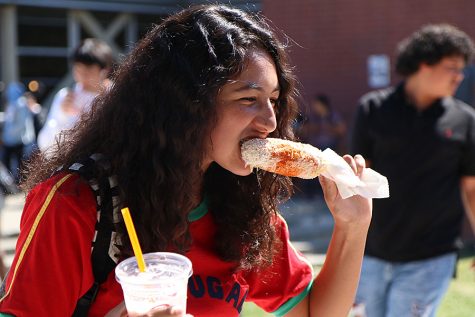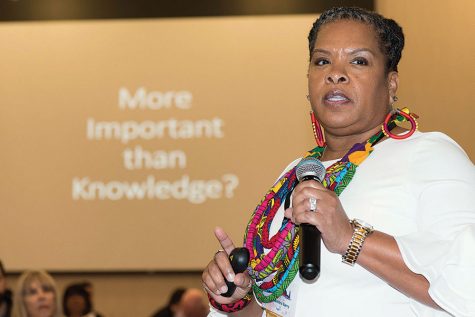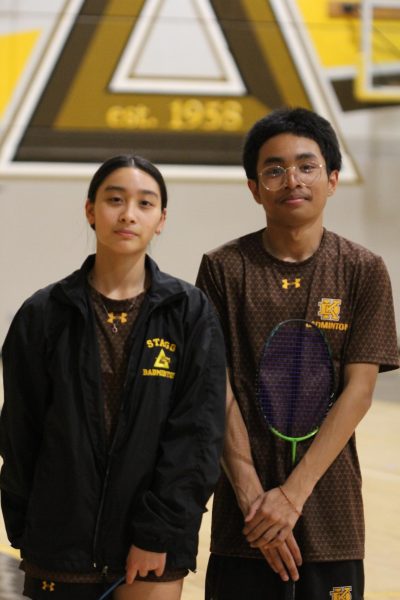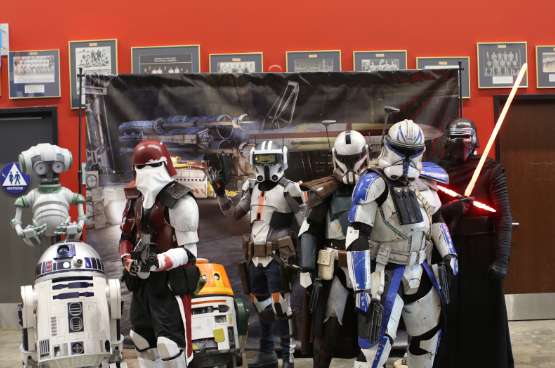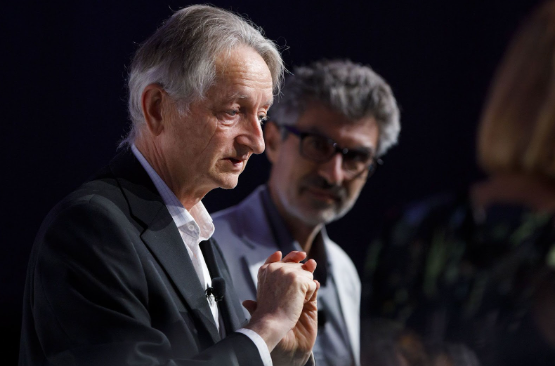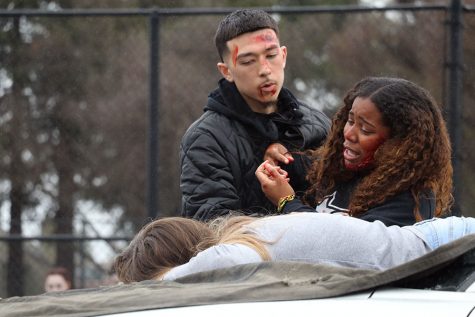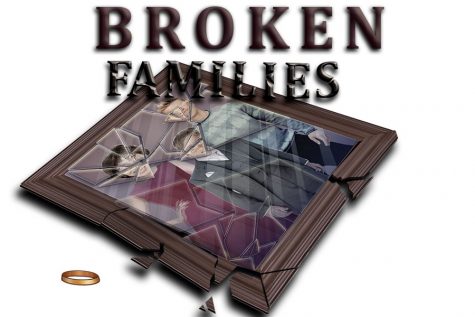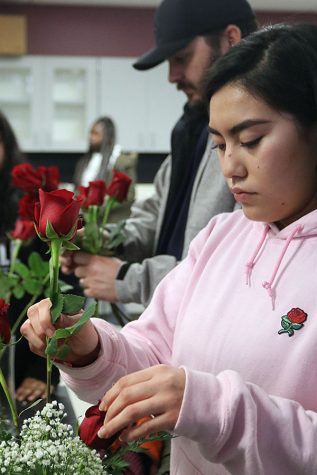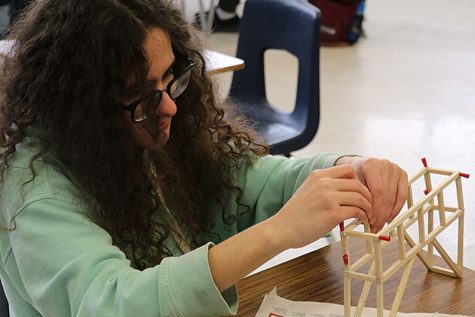PRAYING FOR BETTER DAYS
Community gathers to find ways to cope with trauma and prevent further gun violence
Buddhist monks from Temple Wat Dhammararam perform a blessing before the formal program began. The Southeast Asian community pays their respects to the fallen children and their families through multiple rituals and performances.
Before he was shot, survivor Samnang Leam thought it was “just a couple of fireworks.” After she received the call, Tori Verber Salazar, who worked in the District Attorney’s office, stood in the “empty streets” and “thick air” with disbelief. Years after the schoolyard massacre, all involved can vividly remember that day for its impact. Though, can all be proud in the progress made towards an end to gun violence?
On Jan. 17, the 30th anniversary of the Cleveland Elementary School shooting, members of the community gathered in remembrance of everyone affected, especially the five children who died. Between the ages of 6 and 9, all were refugees from Southeast Asia. The memorial began with a number of Khmer traditions to honor those lost.
From that point on, survivors described how they still suffer from the trauma. As Verber Salazar, now the District Attorney, admitted, the proper actions weren’t taken in the moments of grief. “Not only are the victims and their families terribly impacted by this type of trauma, but so are their friends, their neighbors, and their community,” she said. “We didn’t realize how important it was for all of us to work together and heal.”
In fact, the impact it had on Leam didn’t even cross his mind until later on in his life. “I never dealt with it and didn’t even know that I was suffering from PTSD,” he said. Just a couple of minutes of his childhood affected many of his years to come. “I was always nervous and tense. Any loud noise would freak me out.”
To prevent these types of complications, Verber Salazar suggests that a huge emphasis should be put on the mental health of everyone involved. “By focusing on the mental health of others, we’re taking steps in resolving the consequences of gun violence,” she said. “We know now that we have to help them heal, respect their journey through grief and work on trauma care for all.”
With a tone of activism, Verber Salazar also said, “There are already laws in place to send those who pull the trigger to jail, but why do we wait until then? The victim has been harmed, their family has been harmed, their friends have been harmed, and the community has been harmed.”
Gun violence has become the second leading cause of death for American children. What can be done to put an end to gun violence and its effects altogether? Julie Schardt, a survivor who was a teacher at the time, has spent years trying to solve that problem. “For some people, it starts with childhood or with poverty or with who you hang out with,” she said.
As suggested by her and many others at the memorial, even the little things can stop someone from pulling the trigger. “It could be as simple as taking out your phone and talking to someone you haven’t talked to in a long time. When you’re broken from society, you either want to check out altogether or want to bring down other people with you.”
Among those who agree with the idea of putting more emphasis on emotional support rather than gun laws is Leam. “The most important thing is to care for your peers and others you may not even know,” he said. “You always hear about kids being bullied, and it could be something like that that triggers them.”
Before the memorial’s end, facts about Stockton’s community were presented. With tears of joy in their eyes, they celebrated together. In 2018, there were 40 percent fewer less homicides than in 2017, and 31 percent decrease in shootings. Maybe some progress is being made.

